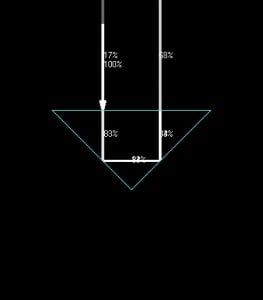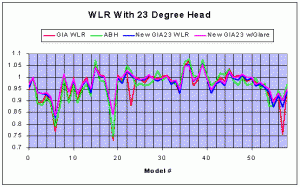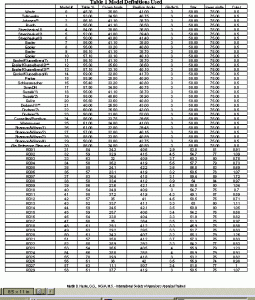- Joined
- Aug 15, 2000
- Messages
- 19,105
No one has attempted to claim the prize yet? It is still not Tuesday in USA!
This is over $300 of value. here it is again:
*PLease think about a 90 degree prism( or NailHead diamond), hemisphere light with head.
Could anybody publesh here before Tuesday Why WLR will give incorrect result for such condition?
The prize for best correct answer is Diamcalc and IDCC proceedings.
Sergey Sivovolenko
CEO OctoNus
This is over $300 of value. here it is again:
*PLease think about a 90 degree prism( or NailHead diamond), hemisphere light with head.
Could anybody publesh here before Tuesday Why WLR will give incorrect result for such condition?
The prize for best correct answer is Diamcalc and IDCC proceedings.
Sergey Sivovolenko
CEO OctoNus










300x240.png)